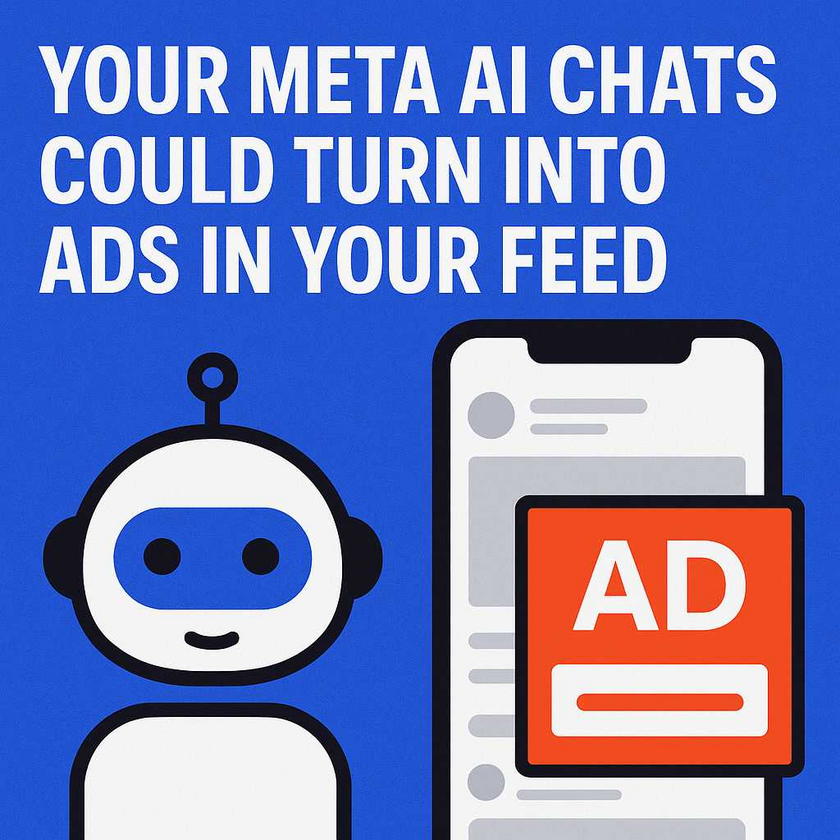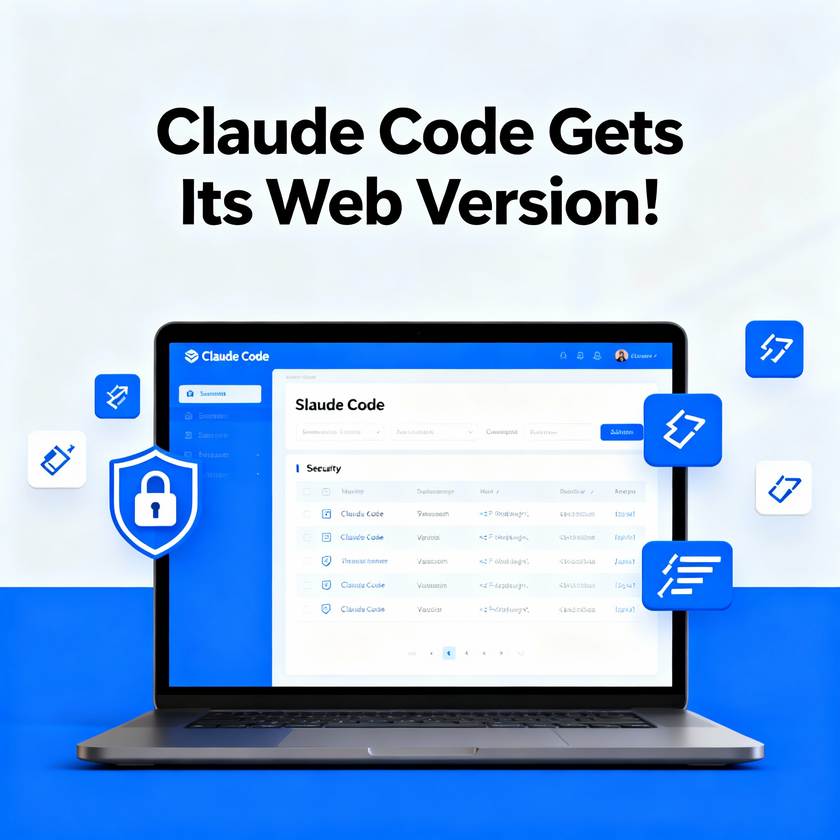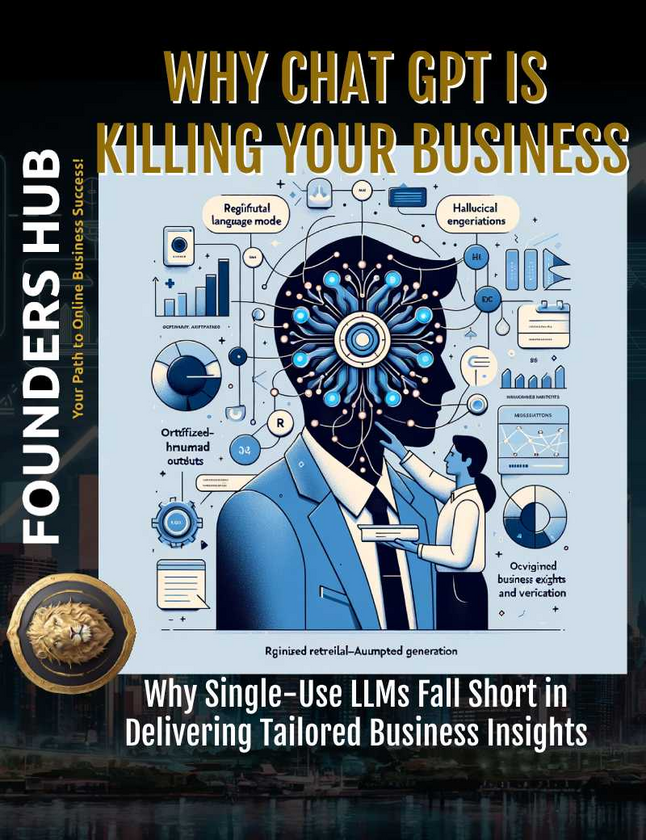❓𝗗𝗼𝗻'𝘁 𝗹𝗶𝗸𝗲 𝘁𝗼 𝗿𝗲𝗮𝗱, 𝗿𝗮𝘁𝗵𝗲𝗿 𝗹𝗶𝘀𝘁𝗲𝗻👂 𝘁𝗼 𝘁𝗵𝗲 𝗽𝗼𝗱𝗰𝗮𝘀𝘁 𝗶𝗻𝘀𝘁𝗲𝗮𝗱? 𝗛𝗶𝘁 𝘁𝗵𝗲 ▶️𝗣𝗟𝗔𝗬 𝗯𝘂𝘁𝘁𝗼𝗻 𝗻𝗼𝘄!
Unlock the secrets of effective marketing funnel tracking with this ultimate guide using Google Analytics. Learn to set up goals, analyze funnel data, and optimize conversions for better business growth.
Are you tired of pouring your hard-earned dollars into marketing campaigns without knowing if they're actually working? Well, fret no more! Dive into the ultimate guide to tracking your marketing funnel using the power of Google Analytics. With this handy tool, you'll gain a deeper understanding of your audience, their behavior, and how each step of your marketing efforts contributes to your bottom line.
What is a Marketing Funnel?
A marketing funnel is a framework that visualizes the different stages a customer goes through during the purchase journey. It represents the path from initial awareness to making a final buying decision. The funnel typically includes three stages: awareness, consideration, and decision.
In the awareness stage, potential customers become aware of a problem they have. They start searching for information or solutions. In the consideration stage, they evaluate different options, compare features, and analyze potential benefits. Finally, in the decision stage, customers make their final purchasing decisions.
Understanding the marketing funnel helps you identify where customers may drop off or get stuck in the process. With this knowledge, you can optimize your marketing efforts and improve conversions at each stage. By tracking your marketing funnel in Google Analytics, you gain insights into the customer journey and can make data-driven decisions to enhance your marketing strategy.
The Importance of Tracking Your Marketing Funnel
Tracking your marketing funnel using Google Analytics is integral to understanding the effectiveness of your marketing efforts. By analyzing the data, you can gain valuable insights into which stages of the funnel are performing well and where visitors are dropping off. This information allows you to make data-driven decisions to optimize your marketing strategies, improve conversion rates, and maximize ROI.
For example, if you notice a high drop-off rate in the consideration stage, you can focus on creating more engaging content or improving your website's user experience. Tracking your marketing funnel empowers you to refine your tactics, attract more qualified leads, and ultimately drive business growth.
Setting Up Google Analytics
Creating an Account
To get started with tracking your marketing funnel in Google Analytics, the first step is to sign up for a Google Analytics account. This allows you to access the powerful analytics features offered by Google. Simply visit the Google Analytics website and create an account by providing some basic information. Once you have signed up, you will be able to set up your property and analytics view to start tracking your website's performance.
Signing up for Google Analytics is a straightforward process that lays the foundation for monitoring your marketing funnel effectively.
Set Up Property and Analytics View
Once you've signed up for Google Analytics, the next step is to set up your property and analytics view. This allows you to define the website or app you want to track, as well as the specific data you want to collect.
To set up your property, you'll need to enter details like the website URL, time zone, and industry category. This helps Google Analytics categorize and organize your data effectively.
Once the property is set up, you can create an analytics view. Views allow you to filter and segment your data in different ways. For example, you might create a view that only includes traffic from a specific country or a particular section of your website.
By properly setting up your property and analytics view in Google Analytics, you'll have the foundation in place to accurately track and analyze your marketing funnel data.
Installing the Google Analytics Tracking Code
Installing the Google Analytics tracking code is a necessary step to track your marketing funnel. Once you have created your Google Analytics account and set up the property, you need to insert a small JavaScript code snippet into the HTML of your website. This code collects data about your website visitors and their interactions.
To install the tracking code, you can either add it manually to each page or use a website platform that allows easy integration with Google Analytics, like WordPress. After installation, the code will start gathering data such as user sessions, page views, and goal completions. This data is crucial for understanding how users move through your marketing funnel and identifying areas for improvement.
Understanding the Marketing Funnel
Awareness Stage
In the Awareness Stage of the marketing funnel, the focus is on capturing the attention of potential customers and making them aware of your brand or product. This stage is crucial for creating brand recognition and generating initial interest.
Monitoring website traffic: Google Analytics provides valuable insights on the number of visitors to your website, their demographics, and the channels through which they found your site.
Analyzing referral sources: By tracking the sources of traffic, such as social media, search engines, or referral sites, you can identify which channels are driving awareness and adjust your marketing strategies accordingly.
Measuring impressions and reach: Utilize Google Analytics to measure impressions and reach of your online advertisements, helping you gauge the effectiveness ofyour brand exposure campaigns.
By leveraging the data from Google Analytics, you can gain a deeper understanding of how well you are attracting and reaching your target audience during the Awareness Stage of your marketing funnel.
Consideration Stage
In the consideration stage of the marketing funnel, potential customers have shown interest and are actively evaluating their options. This is a critical phase where businesses need to provide valuable information and nurture leads. Use Google Analytics to track user behavior and engagement during this stage. Analyze metrics like time on page, pages per session, and bounce rate to measure the effectiveness of your content.
Identify patterns and trends to optimize your messaging and address any pain points. Offer relevant resources, comparisons, and testimonials to help prospects make informed decisions. This will increase the likelihood of converting leads into customers.
Decision Stage
In the Decision Stage of the marketing funnel, potential customers are evaluating their options and deciding whether to make a purchase or take the desired action. Tracking this stage using Google Analytics can provide valuable insights for optimizing conversions. Here are some practical tips for analyzing and optimizing the Decision Stage:
- Use event tracking to measure key actions such as clicking the "Buy Now" button or filling out a contact form.
- Analyze the conversion rate at this stage to identify potential barriers or friction points that may be causing visitors to abandon the funnel.
- Implement retargeting campaigns to reach out to users who have shown interest but haven't yet converted.
- Test different calls-to-action and messaging to see what resonates best with your audience and drives higher conversions.
- Monitor exit pages to understand where users are dropping off and make necessary improvements to keep them engaged.
By paying attention to the Decision Stage and fine-tuning your strategies accordingly, you can increase conversion rates and drive more successful outcomes.
 Drive More Traffic To Your Websites and Funnels with the YouTube Ranking Accelerator
Drive More Traffic To Your Websites and Funnels with the YouTube Ranking Accelerator
Tracking the Marketing Funnel in Google Analytics
Setting Up Goals
Setting up goals in Google Analytics is an important step to track your marketing funnel. Goals allow you to measure specific actions or conversions that occur on your website. For example, you can set a goal to track the number of newsletter sign-ups or completed purchases.
To set up a goal, go to the Admin section of your Google Analytics account and navigate to the View column. From there, click on Goals and create a new one. You can choose from various goal types, such as destination, duration, or event.
By setting up goals, you can track the performance of each stage in your marketing funnel and identify areas for improvement. It provides valuable insights into user behavior and helps you optimize your marketing efforts accordingly.
Creating Custom Funnels
Custom funnels in Google Analytics allow you to track specific user journeys tailored to your marketing funnel.
Identify the steps within your funnel and set them as your custom funnel steps.
To configure custom funnels:
- Define the sequence of pages or events that constitute each step.
- Use regular expressions for flexible matching of URLs.
For example, if your funnel includes a landing page, a product page, and a checkout page, you can set these pages as funnel steps. This allows you to analyze the drop-off rates at each stage and identify areas for improvement.
Custom funnels provide valuable insights into user behavior and enable you to optimize your marketing funnel for better conversions.
Analyzing Funnel Data
Look for drop-off points: Identify stages where most users exit the funnel. These insights help pinpoint bottlenecks and areas for improvement.
Evaluate conversion rates: Analyze the percentage of users who move from one stage to the next. Low conversion rates indicate potential weaknesses in messaging or user experience.
Assess traffic sources: Understand which channels drive the most traffic to each stage of the funnel. This helps allocate resources and optimize campaigns accordingly.
Utilize segmentation: Breakdown funnel data by user demographics, behavior, or device. Uncover patterns or audience segments that perform exceptionally well or struggle in specific stages.
Monitor time between stages: Evaluate how long it takes users to move through each stage. Lengthy delays may signify complications or areas in the funnel that need optimization.
Remember, analyzing your funnel data in Google Analytics provides valuable insights to refine your marketing strategies and enhance overall conversions.
Improving Your Marketing Funnel
Identifying Bottlenecks
Once your marketing funnel is set up in Google Analytics, it's crucial to identify any bottlenecks that may hinder the smooth flow of your audience from one stage to the next. Bottlenecks can occur at various points in the funnel and prevent potential customers from progressing towards conversion.
To determine bottlenecks, analyze the conversion rates at each stage of the funnel. Look for significant drop-offs or low engagement rates that indicate potential issues. Additionally, examine the user behavior flow to identify any specific pages or steps where users frequently exit.
By pinpointing these bottlenecks, you can focus your optimization efforts on improving the weak areas of your funnel, such as optimizing landing pages, addressing user experience issues, or refining messaging to better align with customer needs. Regularly monitoring and addressing bottlenecks can help increase conversions and improve overall funnel performance.
Optimizing Conversion Rates
Optimizing conversion rates is a key aspect of maximizing the effectiveness of your marketing funnel in Google Analytics. By analyzing the data and identifying areas of improvement, you can enhance the conversion rates at each stage of the funnel.
One effective strategy is to optimize your landing pages by conducting A/B tests to determine which elements resonate best with your audience. This could involve testing different headlines, call-to-action buttons, or page layouts.
Another tactic is to implement personalized and targeted messaging based on the behavior and interests of your website visitors. By tailoring your content to specific segments, you can increase engagement and conversions.
Lastly, regularly tracking and analyzing the conversion funnels in Google Analytics can help identify any bottlenecks or drop-off points. This information enables you to make data-driven decisions and refine your marketing strategies accordingly.
Remember, successful conversion rate optimization requires continuous monitoring, testing, and iterative improvements to ensure optimal results.
Summary
This comprehensive guide has covered the importance of tracking your marketing funnel using Google Analytics. Understanding the various stages of the funnel, setting up goals, and analyzing funnel data are crucial steps in optimizing your marketing efforts. By leveraging the power of Google Analytics, businesses can make informed decisions to enhance their marketing strategy and drive better conversions.
Frequently Asked Questions
Q: Why is tracking the marketing funnel important?
Tracking the marketing funnel is essential to understand the effectiveness of marketing efforts, identify areas for improvement, and make data-driven decisions to optimize strategies and maximize ROI.
Q: How do I set up goals in Google Analytics?
To set up goals in Google Analytics, go to the Admin section, navigate to the View column, click on Goals, and create a new one. Choose from various goal types, such as destination, duration, or event.
Q: What is the Awareness Stage in the marketing funnel?
The Awareness Stage is where potential customers become aware of a problem, search for information, and encounter your brand. Monitoring website traffic, analyzing referral sources, and measuring impressions are crucial during this stage.
If you're looking for help with setting up Google Analytics and installing the tracking code on your websites and funnels, then reach out to us today!



















